Nature reports
Page 51 of 70 - 696 Results
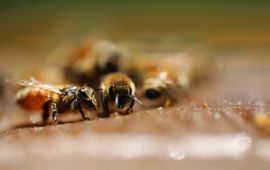
Approximately the same numbers of honeybees survived the winter in the Netherlands as last year. This year around 84% of the honeybees came through the cold season, a similar amount to the 86% last year...
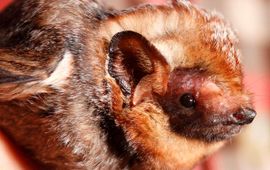
Giving someone the 'silent treatment' during courtship might not be the best strategy for romance. But, new Wake Forest research shows hoary bats fly with little or no echolocation at all as a possible mating-related behavior. ..
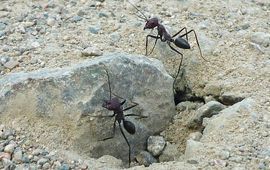
Desert ants use the Earth's magnetic field for orientation. The magnetic field provides ants the cue to find their way back to the nest. This was the main result of a study conducted by scientists of the University of Würzburg and..
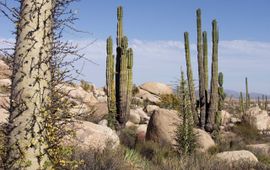
Researchers from the San Diego Natural History Museum (The Nat) and the non-profit organization Terra Peninsular A.C. have rediscovered the San Quintin kangaroo rat in Baja California; the Museum is partnering with the..
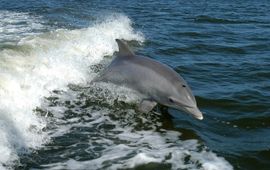
A large group of common bottlenose dolphins have been spotted in Canadian Pacific waters. It is the first confirmed occurrence of the species in this area. ..
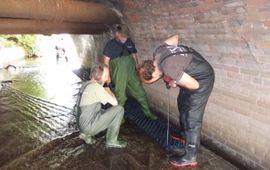
Citizen Scientists around the world have been counting young eels in an International Eel Count. Today, at World Fish Migration Day, we present the preliminary outcomes which give insight in recruitment numbers and contribute to..
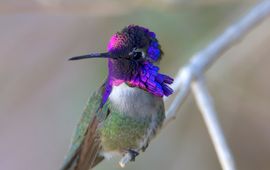
In the world of Costa’s hummingbirds, it’s not size that matters - it’s sound. During breeding season, male Costa’s perform a high-speed dive during which they 'sing' to potential mates using their tail feathers...
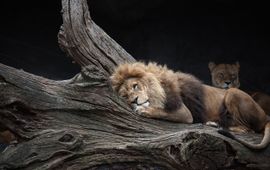
Many of the world's most charismatic animal species - those that attract the largest interest and deepest empathy from the public - are at high risk of extinction in part because many people believe their iconic stature guarantees..
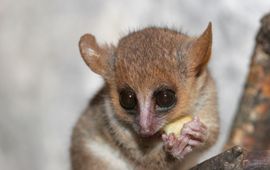
Chronic caloric restriction strongly increases the lifespan of a small primate, the grey mouse lemur. This is one of the results of a ten-year experiment conducted by researchers at the CNRS and the French National Museum of..
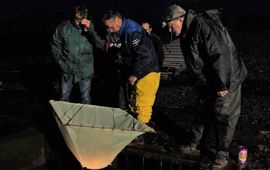
The migration of European and American eel severely declined. Therefore a lot of effort is being made to develop knowledge and to take conservation measures. Citizen scientists play an important role in monitoring and helping eels..
